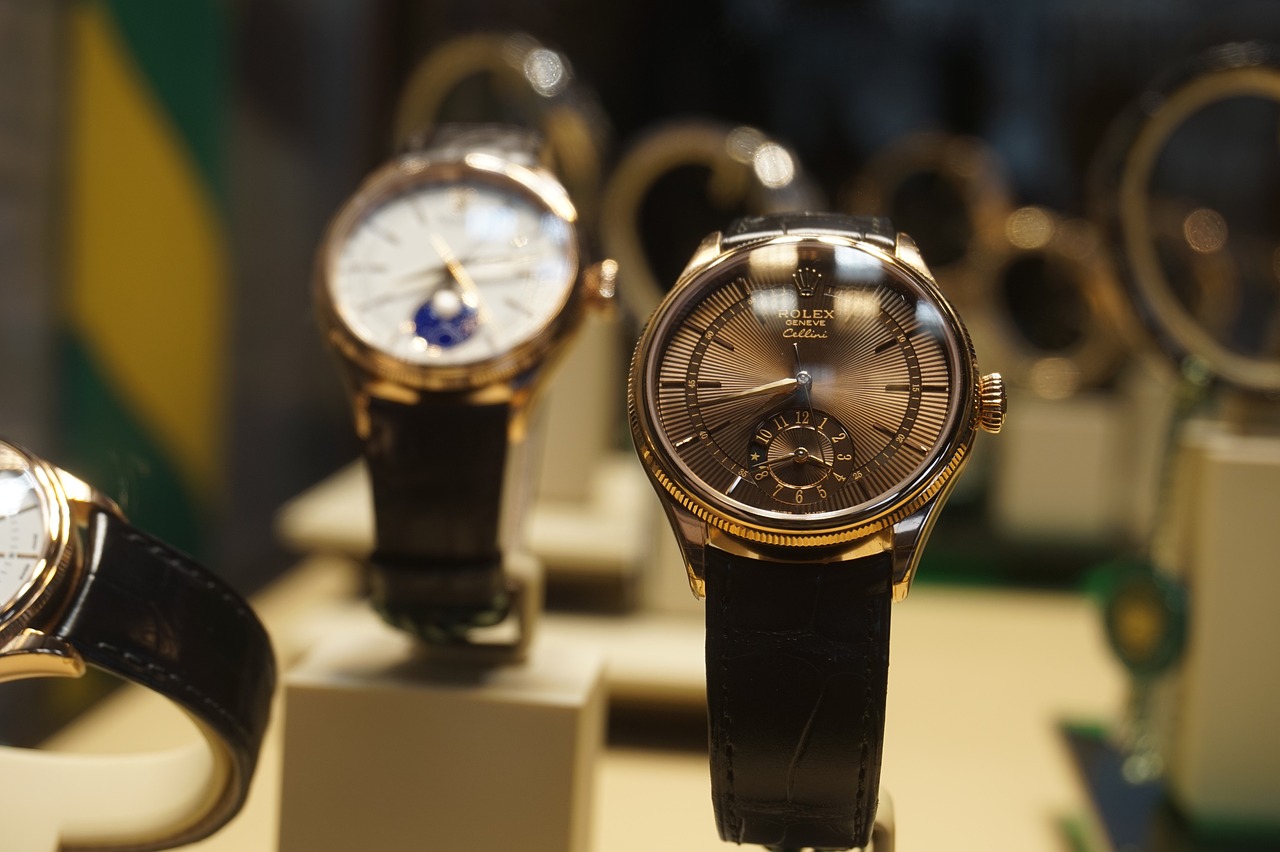Italy, renowned for its rich cultural heritage, breathtaking landscapes, and, above all, its exceptional cuisine, stands as a culinary haven for food enthusiasts worldwide. In this pillar article, we embark on a gastronomic journey to unravel the intricacies of Italian culinary excellence. From regional specialties to culinary traditions, this guide provides an in-depth exploration of everything you need to know about Italian gastronomy.
The Culinary Tapestry of Italy
Italy’s gastronomic reputation precedes itself, drawing travelers from across the globe to indulge in a culinary experience like no other. As we delve into the heart of Italian gastronomy, let’s explore the key elements that make it a true culinary masterpiece.
Regional Diversity: A Culinary Mosaic
Northern Delicacies: Risotto, Polenta, and Alpine Flavors
The northern regions of Italy boast a unique culinary identity. From the creamy elegance of risotto to the hearty goodness of polenta, northern Italian cuisine reflects its proximity to the Alps with influences from neighboring countries. Indulge in the rich flavors of butter, cheese, and game meats.
Central Italian Staples: Pasta Perfection and Truffle Treasures
Central Italy is the birthplace of the iconic pasta, and each region takes pride in its distinctive pasta shapes and accompanying sauces. Additionally, the elusive truffle finds its home in regions like Umbria and Tuscany, adding a touch of luxury to traditional dishes.
Southern Sunshine: Olive Oil, Citrus, and Mediterranean Delights
The sunny south is characterized by the generous use of olive oil, vibrant citrus flavors, and a bounty of fresh seafood. Pizza Napoletana from Naples, drizzled with extra-virgin olive oil, epitomizes the simplicity and excellence of southern Italian cuisine.
Italian Culinary Traditions: A Symphony of Flavors
Festivals and Food Celebrations: Sagra Culture
Italy’s culinary traditions are deeply woven into the fabric of local festivals, known as Sagras. These celebrations revolve around specific regional dishes or ingredients, offering a unique opportunity to savor authentic flavors amidst joyous festivities.
Family Dinners: The Heart of Italian Home Cooking
The essence of Italian gastronomy extends to family dinners, where generations gather around the table to share homemade dishes. From Sunday feasts to holiday celebrations, these gatherings highlight the significance of food as a unifying force in Italian culture.
Italian Wines and Aperitivo Culture: Indulging the Palate
Wine Regions: From Chianti to Barolo
Italy is a wine lover’s paradise, with distinct wine regions producing world-class varieties. Explore the vineyards of Chianti in Tuscany, savor the boldness of Barolo in Piedmont, and discover the diverse flavors that each region brings to the glass.
Aperitivo: The Italian Happy Hour Tradition
Embrace the Italian aperitivo culture, where pre-dinner drinks are accompanied by an array of appetizers. This social ritual, especially popular in cities like Milan, encourages relaxation and camaraderie over exquisite bites and well-crafted cocktails.
Preserving Culinary Heritage: Slow Food Movement
Slow Food: A Commitment to Quality and Tradition
Originating in Italy, the Slow Food movement emphasizes the importance of preserving traditional cooking methods, local ingredients, and regional culinary heritage. This movement encourages a mindful approach to food consumption and celebrates the cultural significance of gastronomy.
In conclusion, Italian gastronomy is a captivating journey through diverse landscapes, regional flavors, and time-honored traditions. Whether you’re savoring the richness of northern delicacies, indulging in the simplicity of central staples, or enjoying the sunshine-infused delights of the south, Italy’s culinary offerings are a testament to its cultural richness. As you explore the culinary wonders of Italy, let each dish be a celebration of the country’s unparalleled gastronomic legacy.










